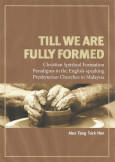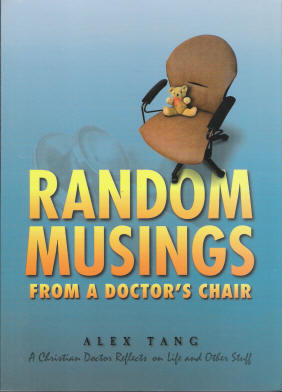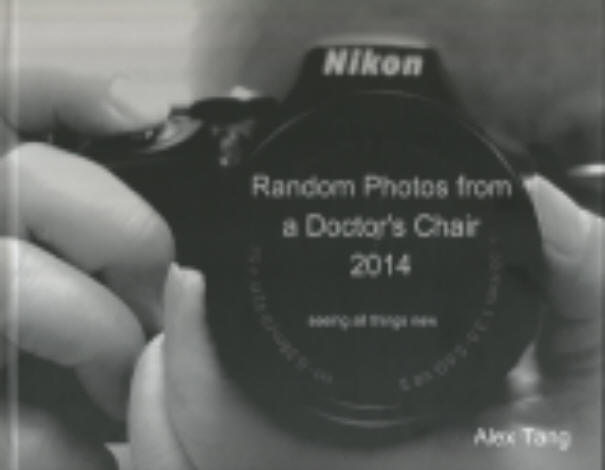Random Musings on Teaching in Higher Education (3)

Team-Based Learning
A concept I picked up recently is Team-Based Learning (TBL). Though the facilitator mentioned it only once, I was so intrigued by the word that I ‘googled’ it. The results opened up a new dimension of the learning process to me. Team-based learning is different from small group learning, Problem-based learning (or its modified Patient-based learning), cooperative learning, and collaborative learning. Mooted by an idea by Larry Michaelsen, team-based learning has been picked up by many medical schools all over the world which includes the newly formed
This is from the website, Team-Based Learning Collaborative
Team learning or team-based learning (TBL) is a well-defined instructional strategy developed by Dr. Larry K. Michaelsen that is now being used successfully in medical education.
The TBL method allows a single instructor to teach through conducting multiple small groups simultaneously in the same classroom.
Learners must actively participate in and out of class through preparation and group discussion. Class time is shifted away from learning facts and toward application and integration of information. The instructor retains control of content, and acts as both facilitator and content expert. The team learning method affords the opportunity for assessment of both individual and team performance.
As an instructional method, team learning consists of repeating sequences of 3 phases:
- In Phase 1, learners study independently outside of class to master identified objectives.
- In Phase 2, individual learners complete a multiple-choice exam to assure their readiness to apply Phase 1 knowledge. Groups of 6-7 learners then re-take this exam and turn in their consensus answers for immediate scoring and posting.
- In Phase 3, which may last several class periods, groups complete in-class assignments that promote collaboration, use of Phase 1 and 2 knowledge, and identification of learning deficiencies. At designated times, all groups simultaneously share their groups' answers with the entire class for easy comparison and immediate feedback. This stimulates an energetic total-class discussion with groups defending their answers and the teacher helping to consolidate learning.
TBL stresses the importance of a priori, out-of-class learning based on clear learning objectives. It emphasizes the importance of holding learners accountable for attending class prepared to participate, and provides guidelines for designing group learning tasks to maximize participation.
TBL emphasizes three keys to effective active learning:
- Individual and group accountability
- Need and opportunity for group interaction
- Motivation to engage in give-and-take discussion. In medical education, team learning has been successfully used in preclinical, clinical, residency, fellowship, and CME venues and in interdisciplinary settings.
Resources About Team Learning
- University of Oklahoma Team-Based Learning Website (link)
This is the original site developed by Dr. Larry K. Michaelsen who developed team learning. The site is intended for educators in any grade level or settings. It includes a e-discussion board with many useful pointers submitted by faculty from their experiences with team learning.
This is another pedagogical tool for effective learning. I wonder whether it can be used for theological education?
Labels: Christian education, Education, Medical Education, Medical Students
















0 Comments:
Post a Comment
<< Home